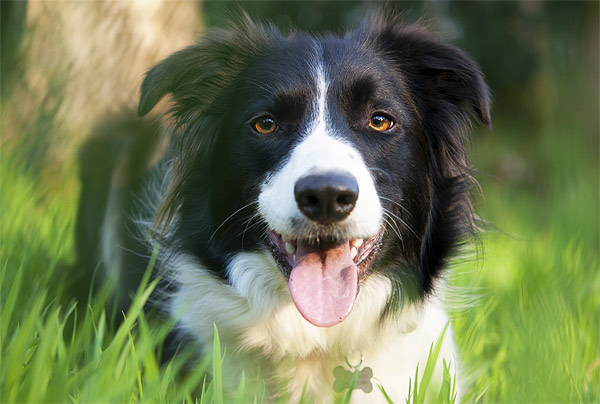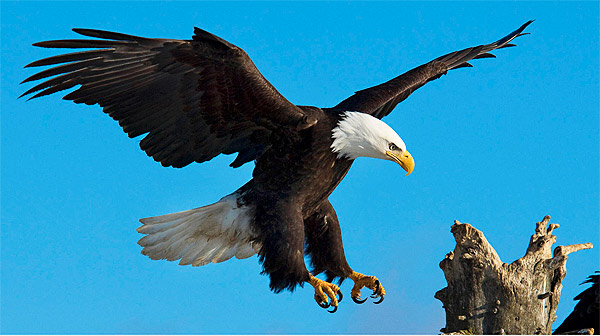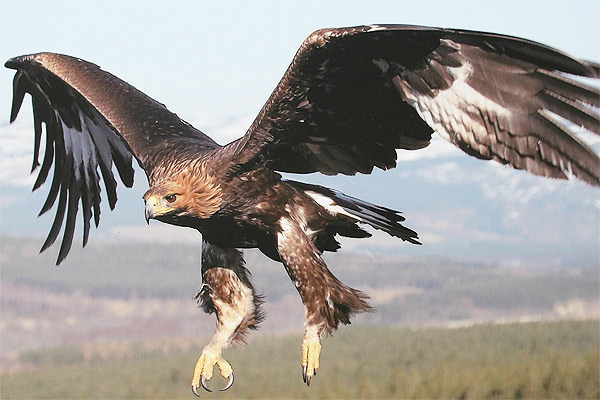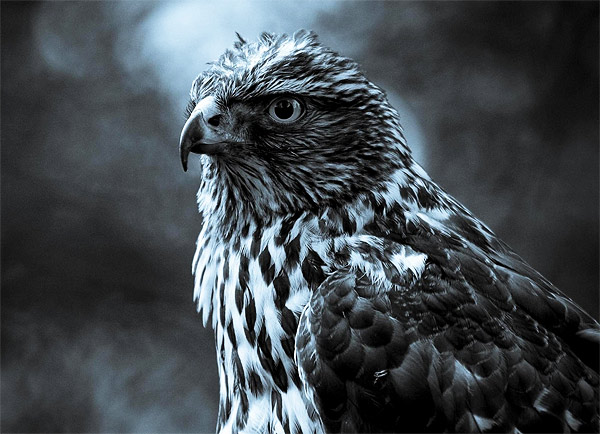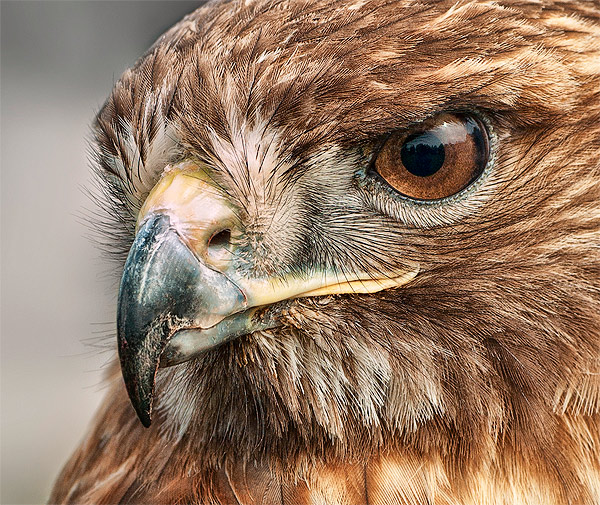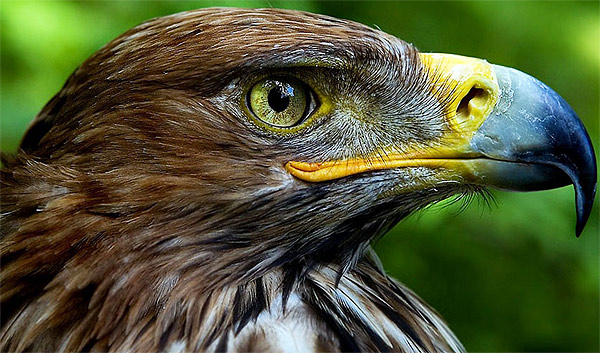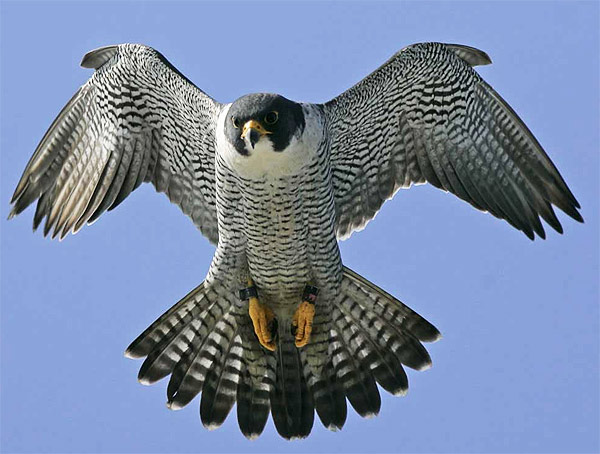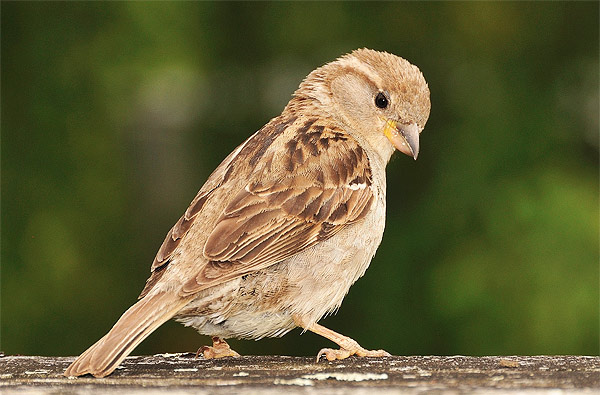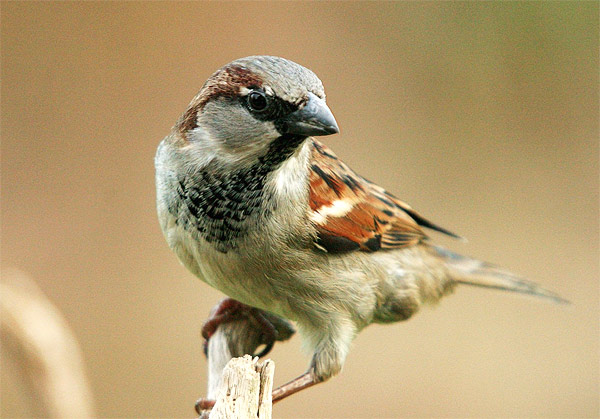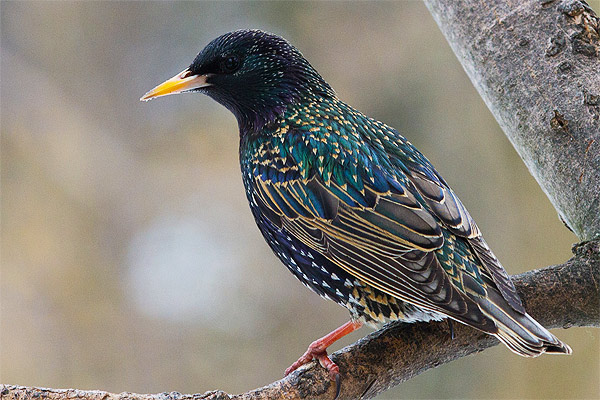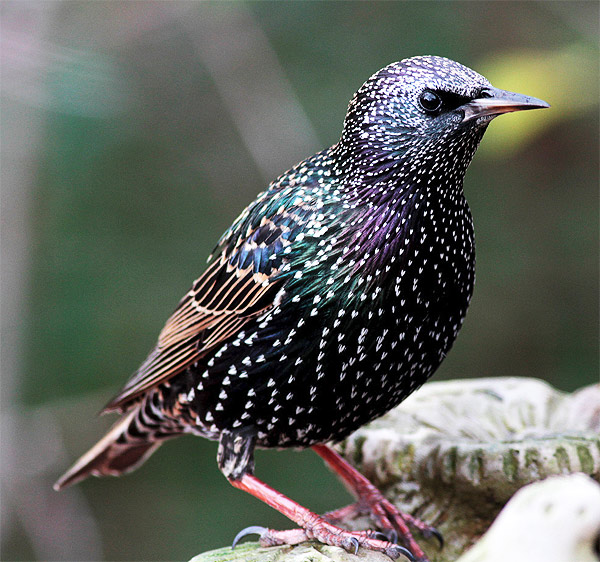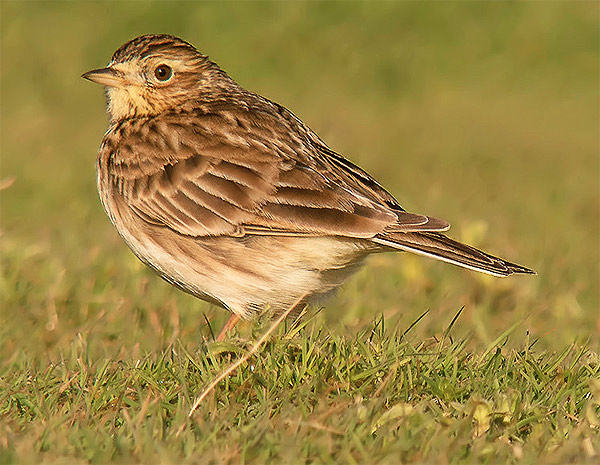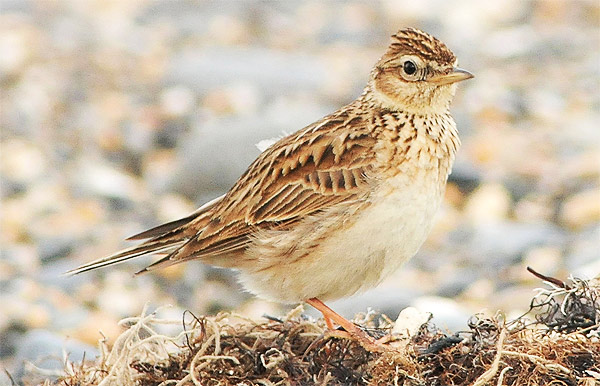Quite a few potential dog owners insist on getting a dog that isn’t too hairy. Most complain about the hair certain dog breeds leave all over your house, and some people are actually allergic to the hair. Then there are people who are specifically looking for long haired dog breeds because they love taking care of their hair. Here is a small list of hairy dog breeds.

Photo credit : 1wallpaperhd.com
The Maltese dog is an excellent choice if you love hairy but clean looking dogs. The Bichon Havanese is a rather scruffy looking dog if you don’t take care of its hair often. But they sure have character! Yorkshire Terriers are small dogs that you can easily take with you, including all their beautiful long hair. The German Keeshond has a wonderful two layer coat of silver and black hair, a medium-sized dog.

Photo credit : stuffpoint.com

Photo credit : dogbreeds-list.blogspot.com
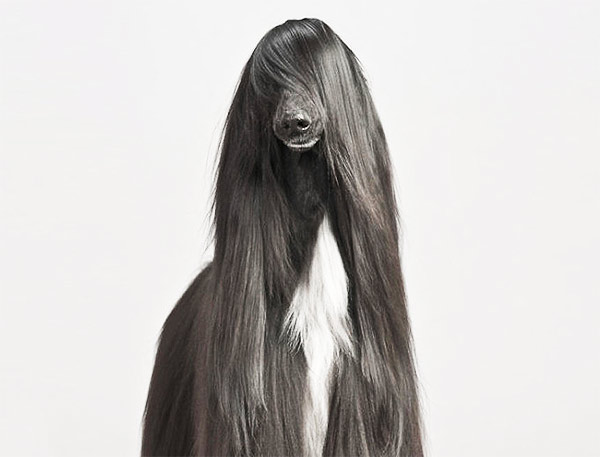
Photo credit : gibbahouse.com
Now if you’d rather have a larger hairy dog breed as companion then the Afghan Hound certainly fits your requirements. It has a thick silky coat and is easily recognisable.


